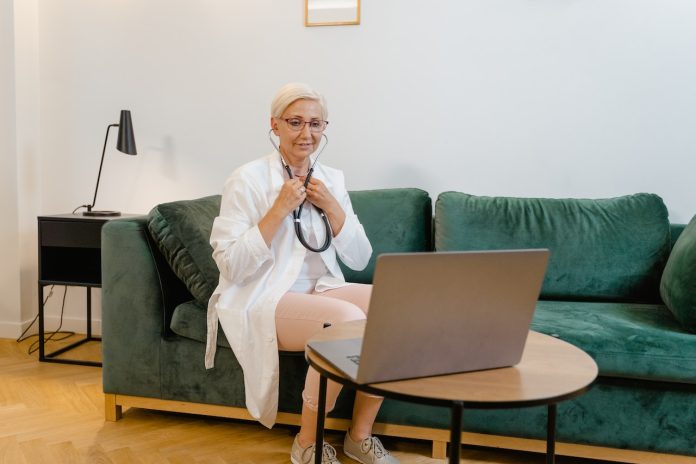The use of technology in the medical field has exploded in recent years thanks to advances in internet connectivity, mobile devices, and artificial intelligence. One area where technology is making a significant impact is healthcare communications. The sector has experienced unmatched transformation in the last decade, and the future looks even brighter. Here are five ways that technology is improving healthcare communications:
1. Improved Collaboration and Documentation
One of the most critical aspects of healthcare communication is the collaboration between providers, administrators, and patients. With advancements in software technology, it’s now easier for doctors to communicate with each other about a patient’s care.
Moreover, medical professionals can also access and share patient information quickly and securely. It helps them make informed decisions about a patient’s health and treatment. Additionally, medical professionals can keep detailed records of patient visits, treatments, medications, and contact information in one place. It facilitates better communication and collaboration among healthcare providers.
2. Accessibility of Patients’ Health Records From Anywhere
Mobile technology has enabled patients to access their health records worldwide. It has made it easier for patients to keep track of their medical history and share it with their physicians. Patients can also use mobile apps to schedule medical appointments and receive notifications when they need to go for a checkup or refill their medication.
For example, asthmatic patients don’t have to worry about not having their inhalers when they travel. They can communicate with healthcare providers through the online asthma doctor, a phone app that connects them with experts and helps track their symptoms. It also helps them refill inhalers and get tips on managing their asthma.
3. Medical Professionals Can Now Receive Real-Time Updates on Patients’ Conditions
The internet of things (IoT) and remote monitoring devices have revolutionized how doctors monitor their patients’ health. Now, medical professionals can receive real-time updates on a patient’s condition. The information helps them make better decisions about the patient’s care and reduces the time it takes for a diagnosis.
For instance, IoT medical devices help monitor blood pressure and glucose levels in diabetic patients. The doctor receives the data in real-time, allowing the doctor to intervene if a patient’s condition worsens. In addition, IoT also allows medical professionals to access medical records from any location, which is especially useful in emergencies.
4. Telemedicine Facilitates Modern Treatment and Diagnosis
The technology of telemedicine has made it possible for doctors to diagnose and treat patients from a distance. It has revolutionized medical care, especially in rural and remote areas that don’t have access to quality healthcare. In other words, telemedicine allows medical professionals to provide quality healthcare to patients no matter where they are.
For example, telemedicine systems connect patients with doctors over video. It makes it easier for them to consult a specialist without having to make an appointment and travel long distances. Therapists connect with patients through video conferencing and can help them manage their mental health.
On the other hand, doctors can use this technology to diagnose and treat chronic conditions such as diabetes. Technology played a critical role during the Covid-19 pandemic because it enabled healthcare providers to provide quality care while following social distancing guidelines. Besides, they leveraged technology to communicate with other healthcare professionals and help find a vaccine for the virus.
5. Chatbots Provide Information and Support to Patients
Chatbots are computer programs that use AI to communicate with humans. They have revolutionized the healthcare industry by providing quick and accurate information to patients. For example, they can provide information on symptoms and treatments and answer FAQs about medical conditions or procedures. Healthcare providers install them on their websites to help patients quickly get the information they need.
Chatbots provide emotional support and encourage healthy habits in patients. For instance, some programs can remind patients to take their medication or check their health vitals regularly. They can also offer advice on diet and exercise and give motivational messages to boost a patient’s morale.
Unlike physical doctor and patient communication, chatbots don’t require a long wait time and can be accessed 24/7. Besides, the privacy and security of the patient’s information remain protected when using chatbots. Patients also feel comfortable as they can ask questions without fear.
Bottom Line
Technological advancements in healthcare have revolutionized the way medical professionals and patients interact. The trend continues to improve access to quality healthcare, reduce wait time, and create efficient treatments. IoT devices help monitor health conditions and provide real-time data to diagnose and treat patients. Telemedicine allows doctors to provide medical services remotely, especially in rural or remote areas.











